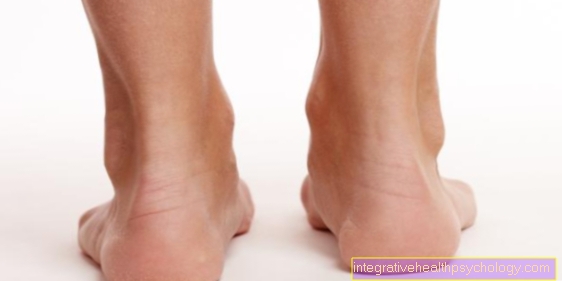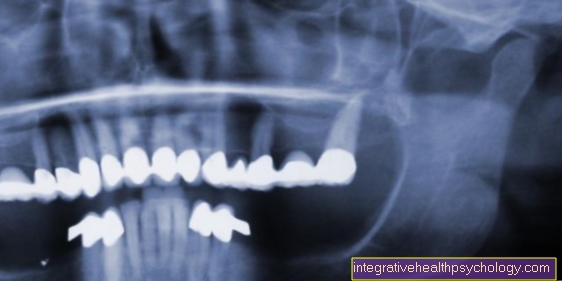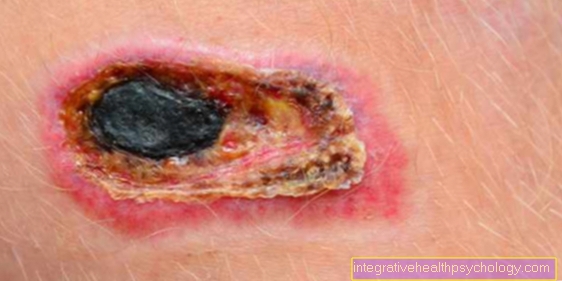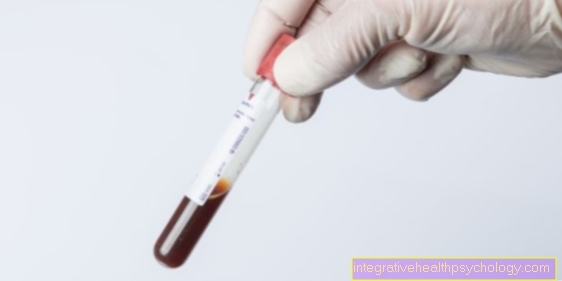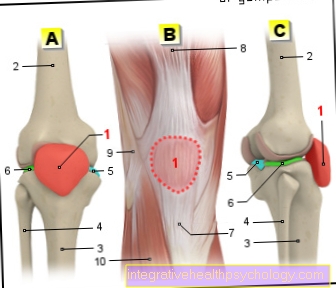Corn plasters
introduction
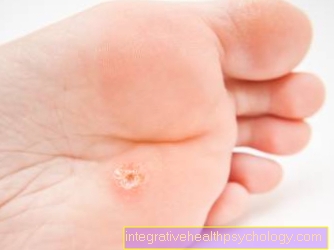
Under Corns (Latin term: clavus) one understands one selective augmentation of the cornea, most of time due to increased mechanical pressure load or friction. It is about plump, delimited skin manifestations which may be perceived as disturbing from a purely cosmetic point of view, but in some cases can also lead to severe pain. In order to make these disappear again as quickly as possible, various manufacturers offer so-called Corn plasters on. However, these can contain different active ingredients and therefore do not always develop their effect in the same way.
Mode of action
The application On the one hand, such a patch should be clean mechanical protection and upholstery ensure, on the other hand, the corn through wearing the patch regularly make it disappear. The skin initially using special Gels softened and possibly by the addition of Salicylic acid almost completely made to disappear.
Salicylic acid is a corneal dissolving drugwhich the Attacks connections between corneal cells, this loosens and thus theirs Desquamation has the consequence.
Patches with or without salicylic acid
Basically there are plasters on the market With and without salicylic acid available.
Is no salicylic acid contain, the plaster is usually used for sole relief of the affected skin area. It is therefore often referred to as Pressure point plaster designated. Due to the fact that the increased pressure and friction loads are no longer present, the Corns somewhat reduced in size by such plasters. However, both suitable footwear without pressure points and insoles can have the same effect if the foot is misaligned.
Is Contain salicylic acid, this is usually in the middle of a Foam ring and should lie directly on the corn. The plaster is then usually left in place for a few days and the cornea of the corn is softened. This can then be removed very easily with the help of a warm footbath. If necessary, you can apply another patch and then remove the corn completely. Overall, such plasters offer a good opportunity to Pretreatment for the removal of corns. However, salicylic acid is a drug that may also be used with certain risks can be connected.
Application restrictions
Basically, people with a Hypersensitivity against salicylic acid or similar substances such corn plasters Do not use.
Also at Infants and people with impaired kidney function these patches should not be used.
At chronic drug use The application of corn plasters containing salicylic acid should be carried out beforehand with a doctor to be clarified as they affect the effect of certain others Medication can influence.
Examples of this would be Methotrexate or oral antidiabetic drugs (Diabetes medication in tablet form). It should also be noted that the Permeability of the skin by salicylic acid is increased.
Use during pregnancy and breastfeeding
While pregnancy and Lactation should the application of Corn plasters rather reluctant be, if not be dispensed with entirely. Salicylic acid corn patches in pregnant women should only small area and in low concentration be used. They should not exceed 10cm² and should not be used often.
During the Lactation should use salicylic acid patch not on the chest be applied.
Use of corn plasters on children
The use of salicylic acid Corn patches in children should also just be under increased precautionary measures respectively.
The information on this can be do not generalize and should be listed separately in the respective package insert. In no case should in children under twelve years of age several patches at the same time or over an extended timespan be applied.
Take special care should also be done if the child's health is due other comorbidities is already restricted. In these cases or if there are any other uncertainties regarding the application, a doctor should be consulted.




